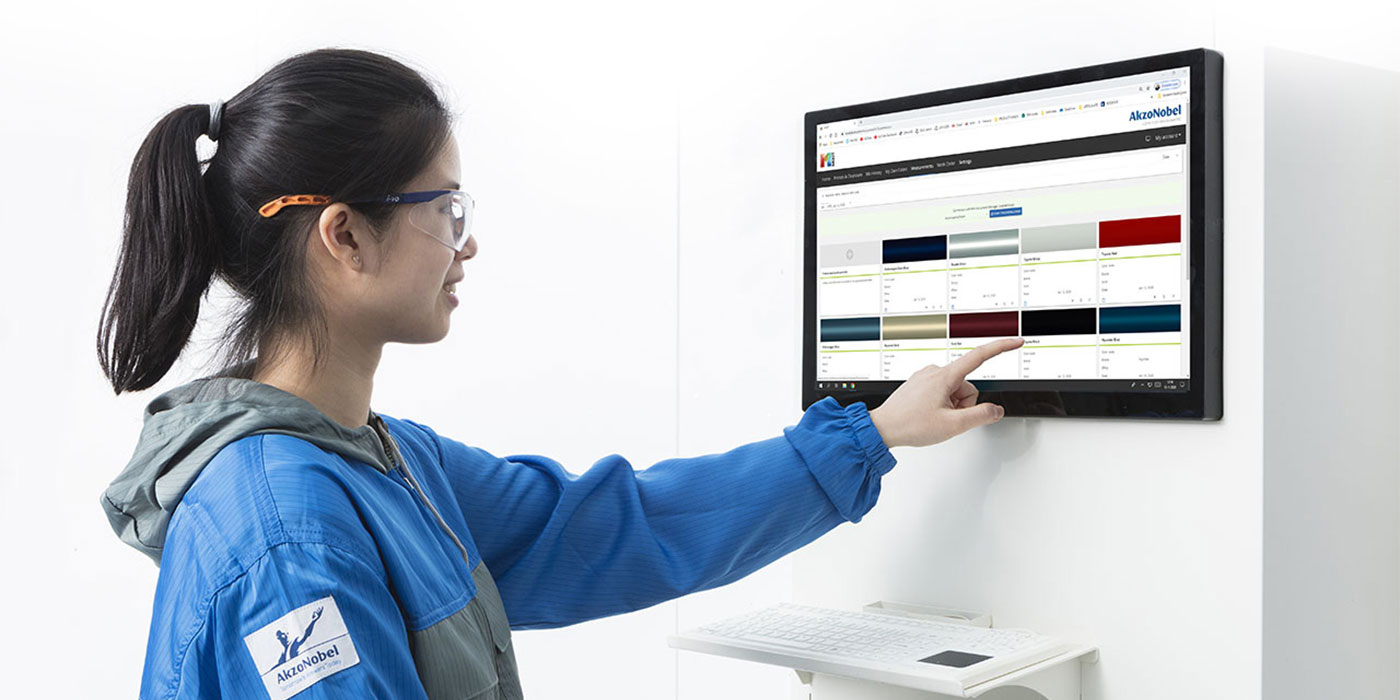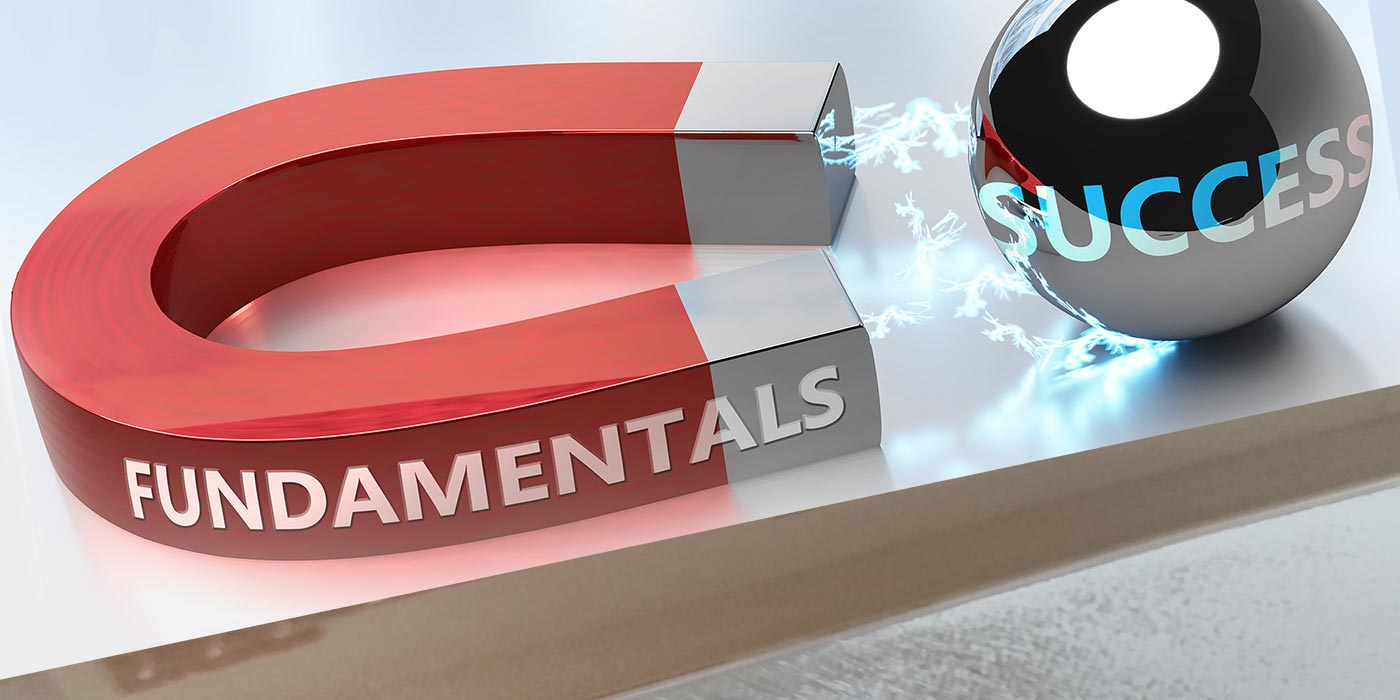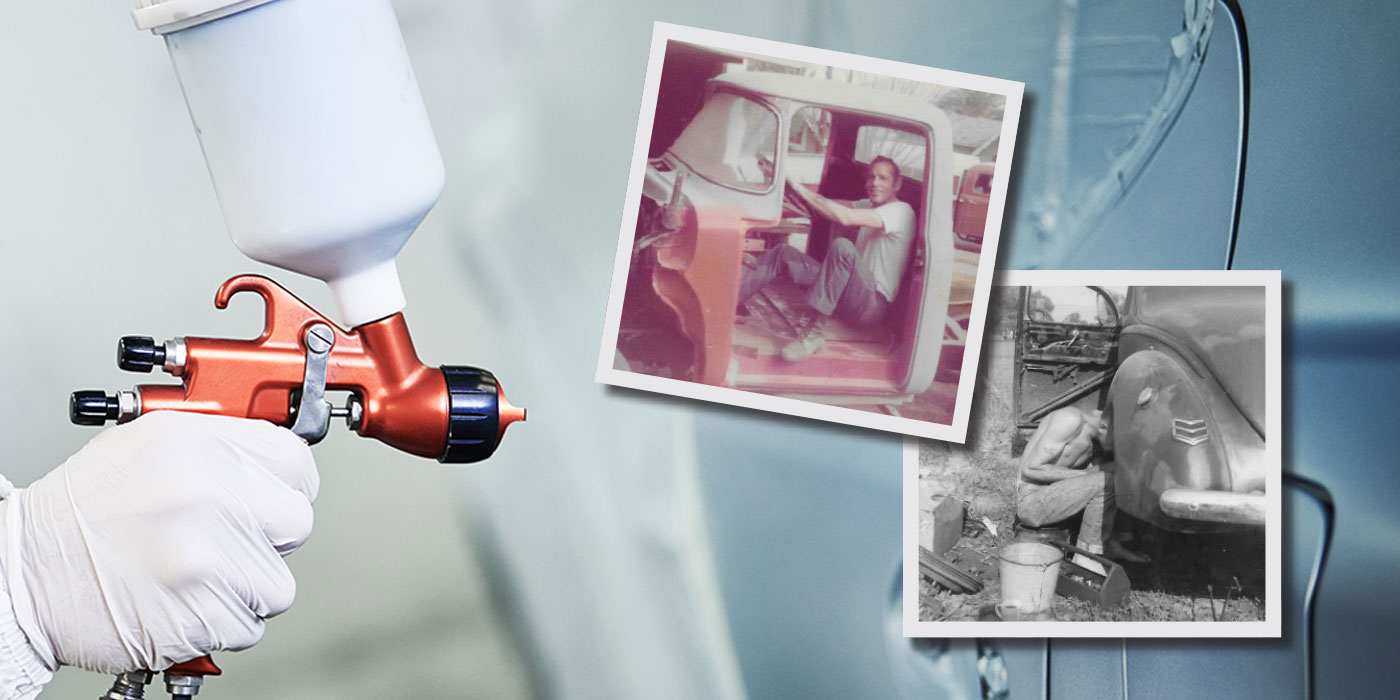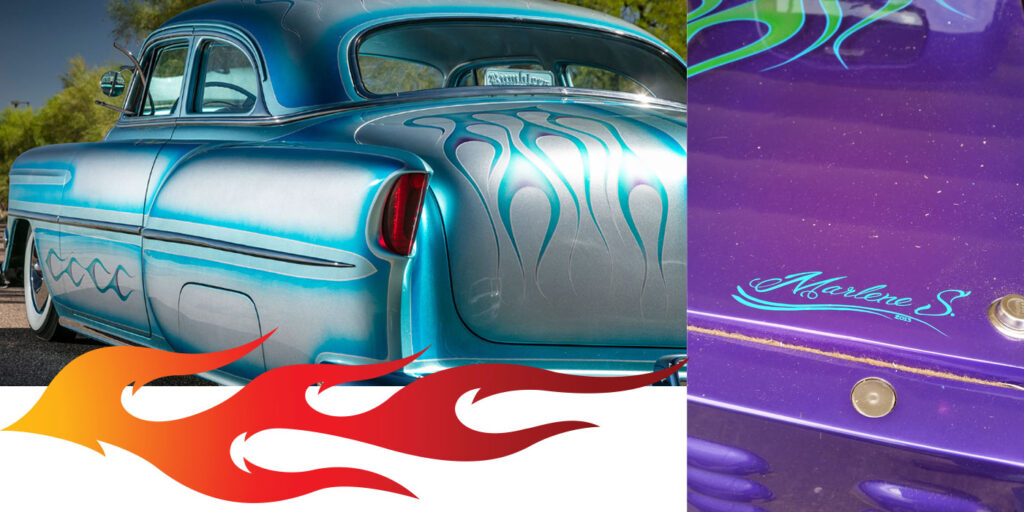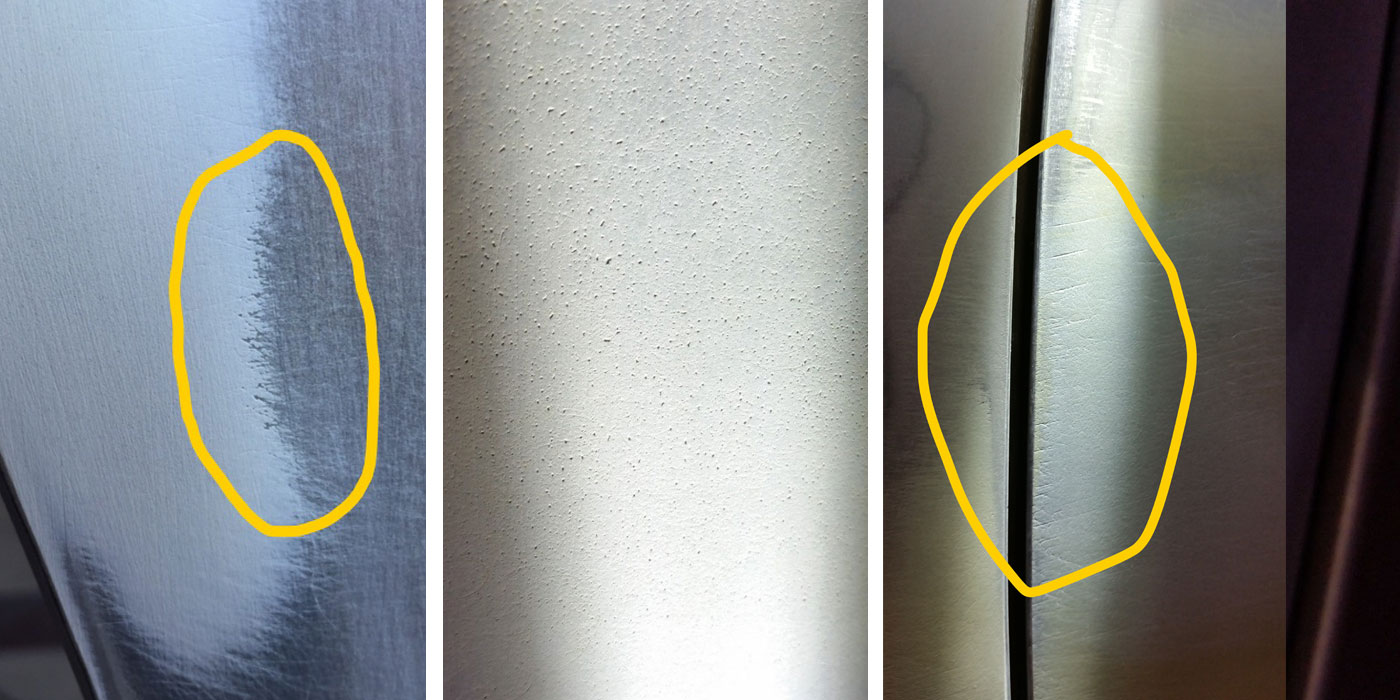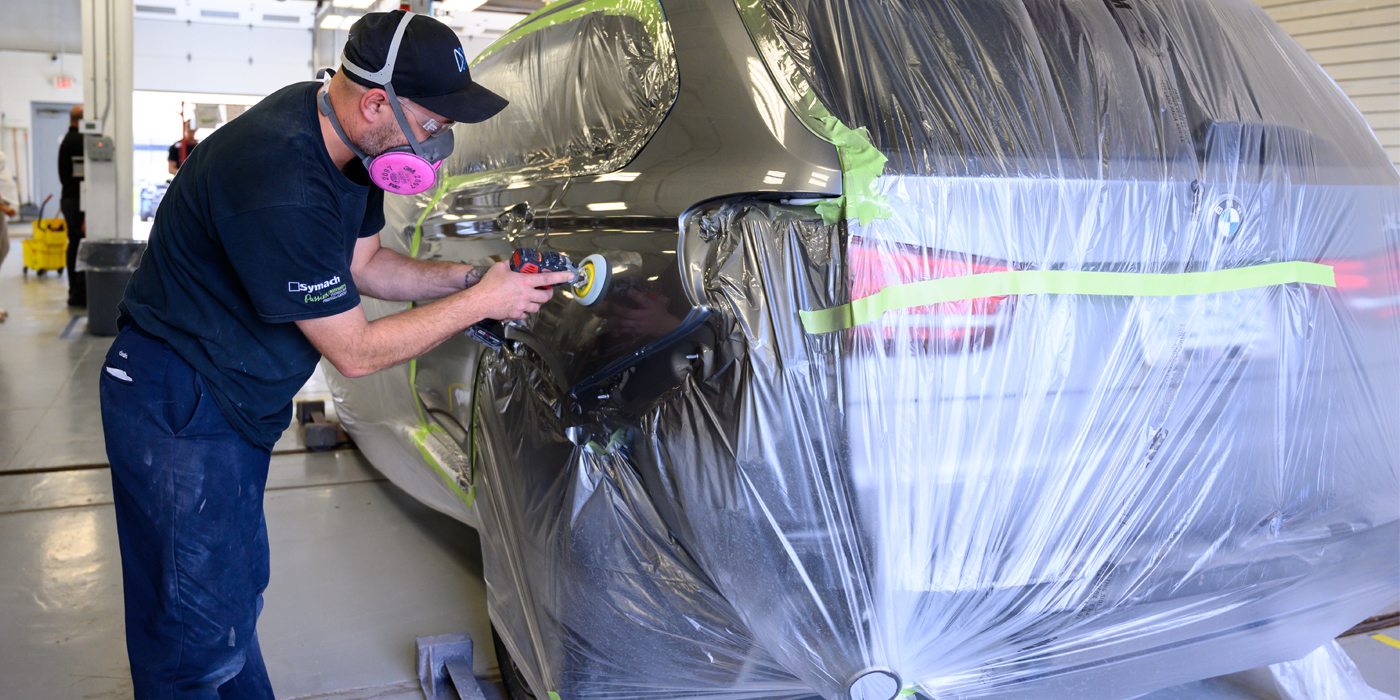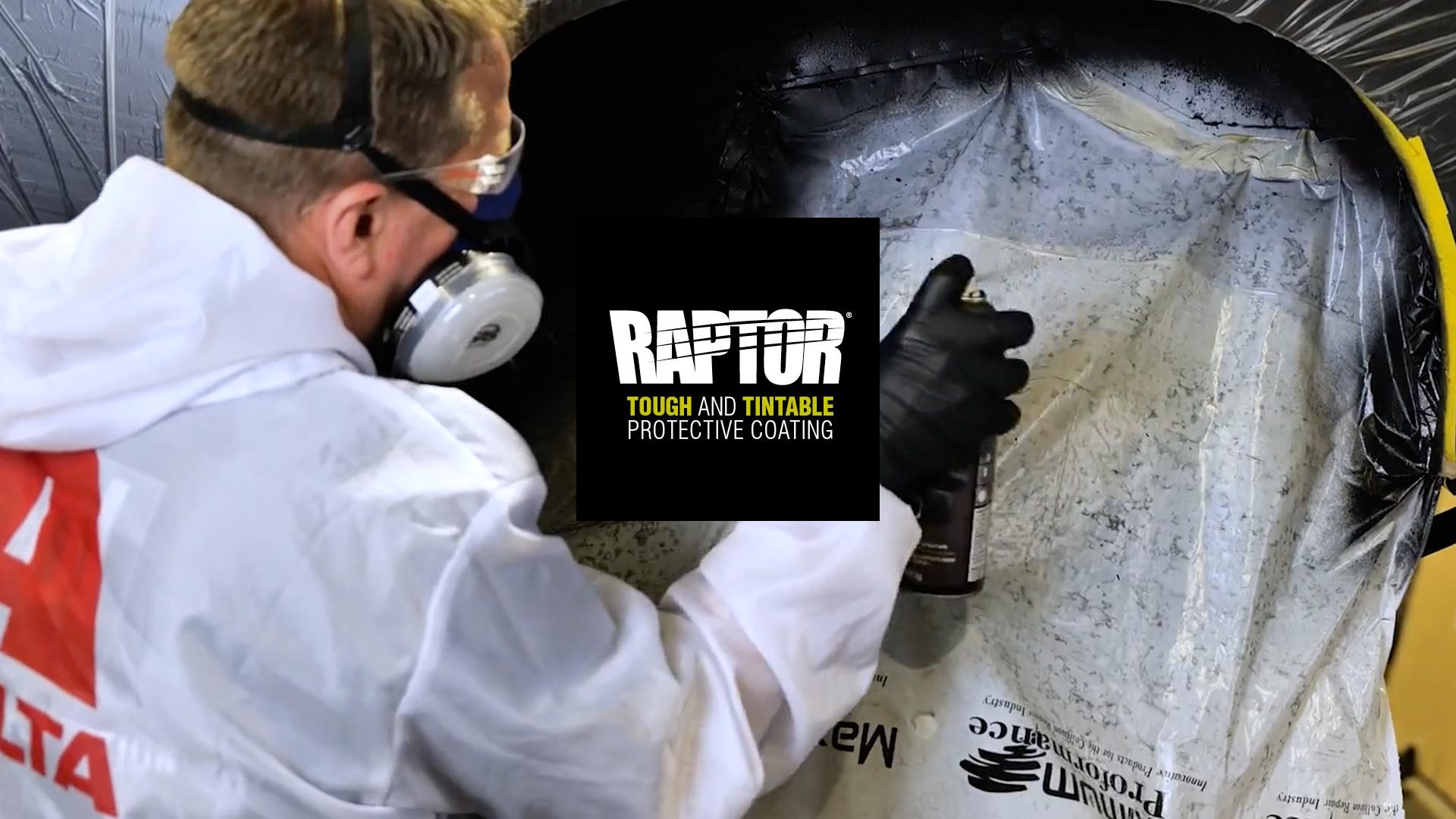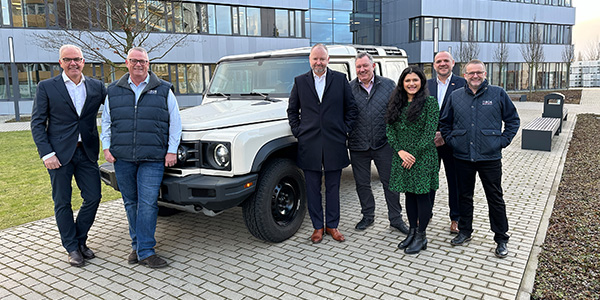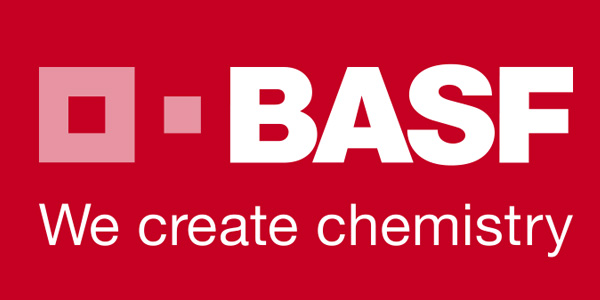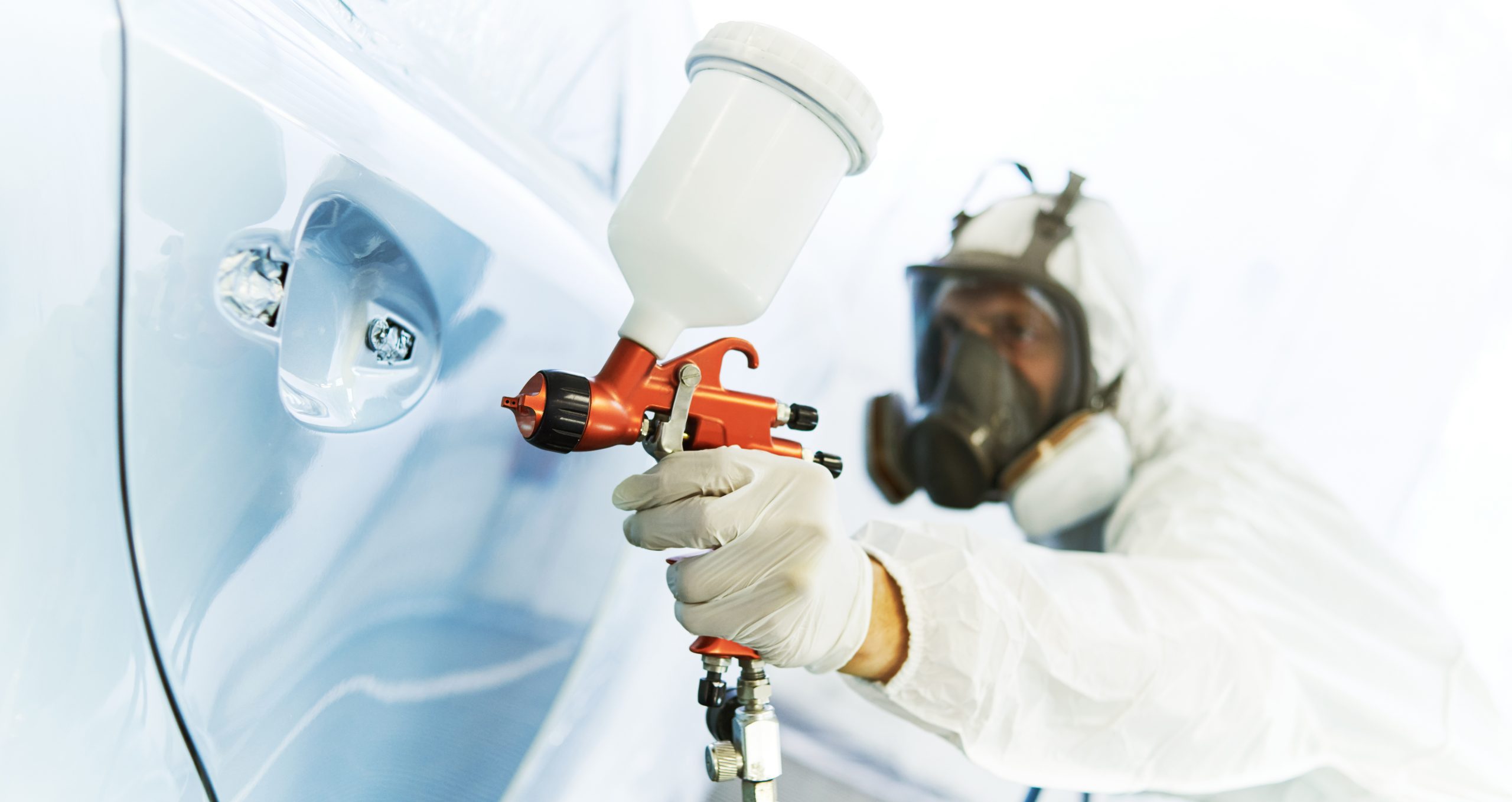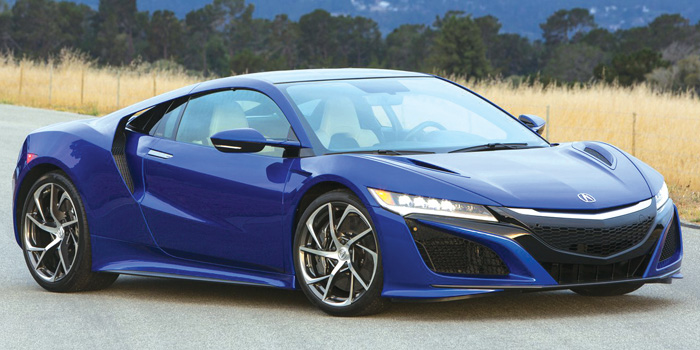
I was part of a unique gathering of refinish paint professionals recently.
The distributor tech rep certification conference was a very informative outing. To qualify for this elite designation, the paint tech rep must first be an employee of the paint manufacturer’s distribution network. Next, they must pass a genuinely difficult 100-question test covering product, chemistry and procedure. Finally, they must appear in person at one of the paint manufacturer’s 16 business development centers and demonstrate their ability with a spray gun to the instructor’s satisfaction.
Approximately 140 of the almost 200 certified tech reps attended their third conference (one every two years), compared notes with each other in a series of roundtable discussions and heard from experts about the latest in spectrophotometers and color retrieval. They examined new additions to the product line and the specific and very technical processes to match the most current OEM color effects. I learned a lot about all of those but thought the OEMs’ new exotic color offerings were particularly interesting.
Color Sells
As little as 1 percent of the multitude of automobile color choices from today’s car manufacturers qualify as truly a custom color. But these are the ones that get attention in the refinish world and in the new car showrooms.
Color always plays an important part in car sales. With many new car models shaped in a similar fashion, stand-out colors make the car unique. Can you tell one mid-size sedan or compact SUV from another from down the block? I can’t, but I can sure see the one that’s fire engine red candy apple or looks like it was milled from a steel ingot (Nissan and Mazda). Customers have long demonstrated that they’re willing to pay an upcharge for striking paint jobs.
History
Custom colors have been sneaking into original equipment offerings for almost a century. The first sparkle was created by adding aluminum flakes used in roof coatings to the colors on high-dollar cars from manufacturers like Packard and LaSalle. The first pearl look was scraped from seashells by California customizers and added to one-off hot-rod custom colors in the 1950s and finally became mainstream when Chrysler added a coated mica flake that mimicked pearlescent in the mid-1980s. Cadillac was the first American manufacturer to sell their customers a true three-stage (base, mid-coat, clearcoat) pearlescent finish in 1987.
The auto designers’ desire for even more dramatic paint jobs has the paint company color styling folks hunting new color spaces. These are often a joint effort with raw material suppliers of flakes, other reflectants and exotic mixing toners. In fact, the various MMF (motor manufacturers = OEM) teams like Ford, Fiat/Chrysler, Nissan, etc.) are often privy to and jointly involved in the formulating efforts to produce attention-getting finishes. Because the electrostatic bell sprayers that the OE production line robots use are so different from the equipment available in refinish, the repair process for these trick finishes may be very different from the OE process.
How Different?
If more dramatic chroma (intensity, saturation) translates into auto sales at higher revenues, then we’ll continue to see more cool stuff in showrooms. Our industry has used colored aluminum for 15 to 20 years, but stylists want more intense colors now. Tinted clearcoats offer the time-honored “candy apple” deep look and applying them over basecoats with reflectants in them adds yet another dimension to the color effect and another hurdle for the body shop. One good tip I took away from the conference was to make sure the person writing the damage estimate knows just how exotic and difficult the finish is. A paint code guide from the shop’s estimating program or the paint company or the car manufacturer serves to spot an extra expensive and complicated finish at the beginning of the repair and saves a time-consuming supplement later.
One of the latest color effects is accomplished by using super thin vacuum metalized aluminum flakes, creating a liquid metal look as if the vehicle were milled from a solid block of steel. It does not sparkle in light, and the required surface prep at both OEM and in the shop is unprecedented in its difficulty. Whenever the required steps include sanding sandwiched clearcoats between multiple steps with 3000 grit, it’s different for sure!
The best explanation I’ve heard of the necessary cleanliness and care required liken the paint repair process to spreading aluminum foil perfectly flat on the kitchen counter. Smoothing out all the wrinkles until the sheet of foil is a flat as a mirror is ruined beyond repair by a single crumb left on the counter. Just like you can’t get the aluminum foil to flatten invisibly once it stretches over the food particle, a mistake in the paint repair requires starting over.
Natural mica mined from the earth is running out, and color stylists need a sustainable replacement. Several vendors have man-made alternatives that have better brilliance and can be produced in smaller particle sizes, leading to even better brilliance.
Glass flakes are complex and less used these days. Their smaller size and thinner edges makes side-on face and flop tough to match in the body shop. One thing both the MMFs and insurance companies are concerned with is keeping the refinishing process simple enough and easy enough that it can actually be invisibly repaired and at a “reasonable” cost.
On a Mission
New Nano technology (tiny, tiny colored pigments, high chroma, very transparent) to reach color spaces previously impossible has led to most paint mixing systems adding limited-use toners (LUT) to their ordinary array of mixing tints. Often stunningly expensive and used infrequently, body shops resist adding them to their mixing bank. In most cases, the local paint jobber will keep some on hand, but many shops with mixing systems elect to have the jobber mix the rare color rather than invest thousands in many seldom used tints. In some cases, factory pack may be the only option as the special tint is too unique or expensive to even put on the jobber’s shelf.
It’s a vicious cycle. The consumer wants a really unique finish; the color stylists employ exotic tints to create them. The OEMs charge extra for both the expensive paint and the multi-step application process, leaving the local shop to somehow put Mrs. Smith’s super cool paint job back to pre-accident condition.
All major paint companies have addressed these issues with both the addition of special toners and specific and exact repair steps. The old saying, “spray color to hiding,” is no longer appropriate, and the new watchword is, “spray color to match.” In some cases, this means repairing a four-stage OE finish in three stages or a factory two-stage in three or some other combination. The key components being: make an invisible repair quickly, deliver the car and get paid.
Summary
When the next Acura NSX ($200K) or the next 3T5 Lexus/Toyota or KAB Nissan/Infiniti colors show up at your door, don’t despair. First, catch it on the damage appraisal, and second, get advice from your paint jobber. The shop repaint process is likely way more complex. The painter must follow each step in order, may have to sand mid clearcoats extremely fine, may have to employ special gun techniques (overlap in an “X” pattern or use multiple drop coats for example), all to get the required invisible repair. I know I learned how at this conference.
Ask your vendor for their help, and don’t shortcut to save time. As always in our business, there seems to be enough time to do “it” over when it goes south. Take the time to do it right on the first try.

